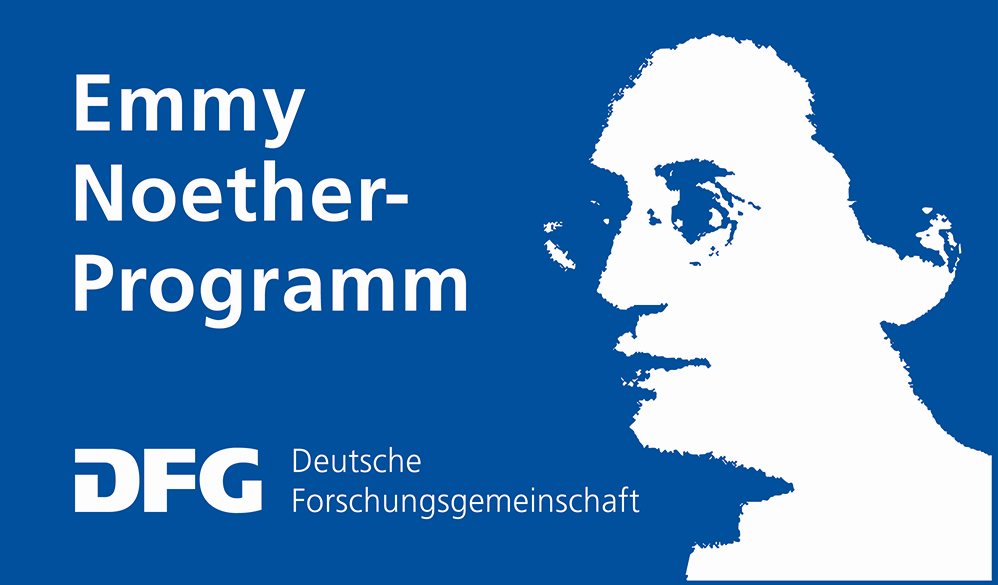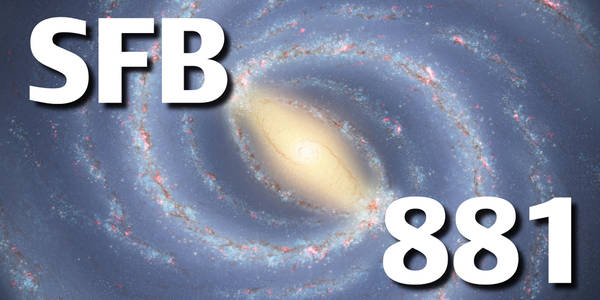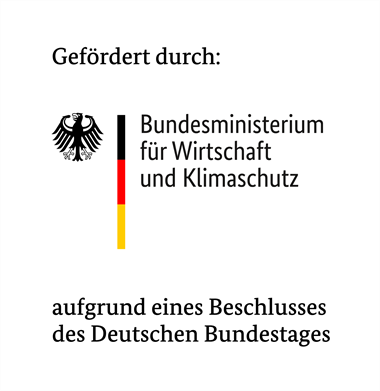Writing your Bachelor/Master thesis in our group
Do you think about writing your thesis in the wide-ranging field of massive stars, stellar winds, and their impact on the Universe? Our group has come up with the following projects, which span, theory, observations and numerical modeling. Depending on whether you a looking for a Bachelor or a Master project, the projects can be limited, extended or otherwise customized. More details for each of the topics are given below:
B Supergiants - An Extension of the Main Sequence or Evolved Objects?
observation-based analysis focusing on detailed quantitative spectroscopy
The evolution of massive stars with initial masses much higher than the mass of our own Sun is still quite enigmatic. One of the crucial types of objects in this regime are B supergiants (BSGs), which have an unclear evolutionary status: Are they direct descendants of main-sequence stars or post-red supergiant objects? Hence, are they hydrogen- or helium-burning objects? In this project, the spectra of a selection of BSGs will be analysed with dedicated computer models to identify the parameters of the stars and their impact. With the deduced parameters, we can then determine their evolutionary status and put in an important piece to the puzzle of massive star evolution.
The role of Nickel in driving the winds of massive stars
theory-focussed modelling of stellar winds with implications for observations and evolution
Massive stars have an enormous influence on their environment. A major reason for this is their constant loss of mass, energy, and momentum due to their strong stellar winds. Yet, the underlying physics of the winds give us more questions than answers, making any quantitative predictions of their influence and also the evolution of massive stars quite uncertain. In this project, we deal with the driving of the winds of massive stars and in particular the role of Nickel. Though rare in abundance, its complex atomic structure makes it a powerful ingredient to launch strong stellar winds. By adding new atomic data and additional ionization states, the project will yield fundamental insights on how large the wind mass loss of massive stars really is and how that scales during the history of our Universe.
Romano's star: Observing the evolution of a massive star in real time
combining new observations with archival material, including quantitative spectroscopy
Even though massive stars evolve much faster than our own Sun, it usually takes at least thousands, but usually millions of years to change their appearance. However, this is not the case for so-called Luminous Blue Variables (LBVs), which change their appearance over only a few years or even less. In this project, we take a look at a massive star in the M33 galaxy called "Romano's star". It is a known LBV that now transitions to become a so-called Wolf-Rayet star. By analysing new observations from the Hubble Space Telescope, we want to understand how massive stars evolve and transition from unstable to more stable evolutionary phases.
Did you find a topic that hooked you? Or have we sparked your interest, but non of the topics seem the ideal match for you? Please do not hesitate to get in touch to talk about possible projects. For indentifying which project best fits you, it helps a lot of if you state any special interests or preferences you might have (e.g. theoretical or observational focus, particular interest in coding, etc.)
Contact Details
Dr. Andreas Sander
Junior Research Group Leader
Astronomisches Rechen-Institut (ARI)
andreas.sander (at) uni-heidelberg (dot) de



